Review: Apple's iPad mini
Apple iPad mini
4.5 / 5Apple's new iPad mini is likely to become its most popular iPad, due to a light, thin design that delivers tablet optimized apps in a more portable package at a reduced price.
What is the iPad mini?
ÂApple's new iPad mini, at first glance, appears to be an attempt by the company to annex the only portion of the tablet market it doesn't already own: the niche between the new 4-inch iPod touch and the full sized, 9.7-inch iPad.Â
Amazon, Google and a variety of other Android licensees have attempted to establish a position in 7-inch tablets that they can use to grow upward (and in some cases downward) in size. To many observers, the iPad mini is simply following this trend, albeit with a significantly more expensive entry point.
Apart from price, critics are also complaining that the iPad mini lacks the high-end Retina display of the latest iPad 3 and 4 (and Apple's most expensive new MacBooks, and all models of iPhone and iPod touch currently being sold).
However, looking at the iPad mini as a low end, 7-inch rival is just as misleading as the perspective of those who saw the original iPad as a poor netbook option saddled with such flaws as not having a physical keyboard or mouse and lacking the ability to run conventional desktop apps. People who thought that in 2010 were blindsided by the success of the iPad and the collapse of netbook sales.
Similarly, the iPad mini is not a cheap, low end tablet trying to establish the first rung of a new platform by stretching some existing smartphone apps across a larger screen.Â
Instead, it's a reinvented iPad, designed to be as thin as the company's newly released, 4-inch iPod touch and iPhone 5 while running the full library of tablet-optimized App Store titles (and a wide array of custom corporate apps being used in government and the enterprise) that fill out Apple's full sized iPad ecosystem.
iPad mini: a new form factor of iPad
Most of the critical engineering decisions Apple made in the design of iPad mini were clearly aimed at delivering a functional and popular mobile device, not just a very low priced one.Â
Apple could have reached lower into the bargain bin to give it A4 "celeron" power, created an entry point offering a paltry 8GB of storage, or relied on other OEMs to crank out a generic, thick slab of plastic and simply label that product with the sales power of its "iPad" brand, all of which are commonplace practices in the tech industry.Â
On the other hand, Apple could have sourced a mini-sized iPad Retina Display, paired it with its new A6X processor and 128GB of storage, and sold it to a few million people who would pay anything (probably around $1200) to have the latest iPad device.Â
Instead, Apple gave the iPad mini specs comparable to iPad 2, but reduced in size. This reduction sheds a lot of weight (from 1.33 lbs or 601 grams to the iPad mini's 0.69 lbs or 312 grams). In addition to its new thinness and more hand-friendly rounded rectangle shape (shown below, next to iPad 3 and iPhone 4S), this huge weight reduction makes iPad mini far more portable.
It's still too big to stick in your jeans pocket (a smartphone level of mobility that Steve Jobs said no tablet could realistically offer), but it's effortless to hold or carry around. It's a very different kid of iPad experience. It makes full-size iPads feel clumsy and heavy in comparison.
In addition, the new iPod touch/iPhone 5 body style of the new iPad mini also makes it easier to hold, and its two-thirds size makes it both easy to grab in one hand and much less of a stretch to thumb-type or play games on when held in landscape orientation.
It feels a lot more like a "big iPod touch" than the full sized iPads, but this comes at a cost: the screen is scaled down. Text on the screen is smaller, but interestingly, the title bar and lock screen text and graphics that appear about 60 percent smaller than other iPads is now about identical to the size of those elements on the iPhone. This evokes memories of lugging around a 17-inch MacBook Pro until realizing that, if you can get the same resolution in a smaller, lighter machine, why wouldn't you?
To achieve this light and thin design at a reasonable cost, Apple didn't include a Retina Display. However, because the screen is reduced in size, it delivers better screen sharpness and less obvious pixelation than iPad 2, which shares the same resolution at a lower pixel density (iPad mini is 163 ppi vs iPad 2's 132 ppi).
The result is that, while the iPad mini doesn't have the razor sharp, "electronic glossy magazine" appearance of the Retina display iPad, it's also noticeably less pixelated looking than the original iPad. It's hard to accurately capture this in a photograph without minimizing or exaggerating the difference, but below you can see the difference between a standard iPad (top), Retina display iPad (middle) and the iPad mini.
Steve Jobs debuted Apple's first Retina display on iPhone 4 in 2010; the fourth generation smartphone was the first time Apple had changed the iPhone's resolution, and it did so on a screen the same size as previous models, resulting in a very distinct difference between old iPhones and the new Retina ones.Â
Apple did the same thing with the "new" iPad 3 earlier this spring, and again with its 15-inch and then 13-inch high end MacBooks. The new iPad mini is different in the fact that it delivers the same resolution in a significantly smaller screen, resulting in a modest improvement over the already very popular iPad 2.Â
While comparing similarly-sized screens at 1x or 2x the resolution makes for a very noticeable difference, comparing the iPad mini to a Retina Display iPad is less obvious of a difference. In fact, if you were told the iPad mini had a Retina Display, you'd probably believe it if you held it up to the original iPad. Only when looking closely at text is the iPad mini's standard resolution noticeable.
While the iPad mini's resolution (1024x768 or 786k pixels) is effectively very close to iPhone 5/iPod touch (1136x640 or 727k), it uses its pixels very differently. The iPhone's Retina display basically makes it a very sharp looking version of the original iPhone screen (480x320), just as the Retina display iPad is a very sharp looking version of the original resolution iPad.Â
In both cases, the Retina display is not showing more screen real estate, but rather just rendering the same screen area in a higher resolution. Taking the iPad mini to a Retina display would offer a more modest increase in text sharpness because it already shows the same screen real estate as iPad 2 on a smaller display.Â
Jumping to a higher resolution display for iPad mini would require a screen with more pixel density than the iPhone 5 or iPad 4. It would also require a thicker body, more computational power to drive all those extra pixels, and more battery to support both the screen and faster chips. While it's popular to say that the iPad mini "needs" a Retina display, it really doesn't feel like it (and, notably, the rest of the industry hasn't been quick to deliver Retina-like screen resolutions on tablets or computers either).
The iPad mini is also not likely to get a Retina Display inside of two years, just as the iPhone didn't get one in its first 3 years, or the iPad didn't get one until its third year. As a user of Retina Display smartphones since 2010, and a regular user of iPad 3, the iPad mini's screen doesn't seem dated or pixelated-looking in the way that older iPhones or the original iPad look to me today, largely due to its slightly higher PPI than earlier, non-Retina display iPads, and the fact that text on the screen is all about 60 percent smaller.
The way the iPad uses its screen pixels also results in a sharper looking display, particularly in text, than other 7-inch tablets that boast a higher resolution specification. In part, this is because iOS appears to render fonts better. But it also wastes less of the screen in user interface controls (above), often making more of a web page visible, and almost always making text on web pages look much nicer and less "computery" looking.Â
Below, the Retina display iPad (left) makes this Wall Street Journal text appear razor sharp and smooth, while the standard iPad resolution (middle) looks noticeably pixelated. Text on the Kindle Fire HD, despite having 30 percent more pixels on a smaller screen, looks significantly worse though, indicating that pixels don't act in isolation.
Because the iPad mini is a scaled down iPad, and not a scaled up smartphone, it also presents a very different experience than the small ebook and tablet devices that are frequently being compared to it, which run smartphone-style, wide resolutions and display stretched smartphone apps.Â
Handling the iPad mini, it doesn't feel as much like an iPad as a big iPod touch, likely because of its skinnier margins around the screen. Other 7 inch Android tablets typically mimic the iPad's large screen margin, resulting in a significantly smaller screen in a device that's very similar to the iPad mini's overall size (but much thicker).
However, despite resembling the iPod touch (or an iPhone) in both its screen-to-device ratio and its thin profile and light weight, the iPad mini is very much an iPad, running Apple's enhanced version of built-in apps such as Mail, Clock (above), Calendar and Notes; larger, more engaging experiences when using Safari or Maps; and having a huge library of iPad-optimized third party apps to choose from.Â
The reduced size of the screen has an impact on the size of text and button targets, similar to the MacBooks offering higher resolution display options. The scaled down display didn't seem to present significant problems in using any iPad-optimized apps, even for a user like me with huge hands.Â
However, the reduced size of the device makes touch typing quite cramped, to the point of not really being possible (you can, but it's very much like typing on a cramped netbook keyboard: you'd only do it if you were a salesman tying to prove one can, not because it's actually something anyone would actually want to do).Â
When Apple introduced iPad, it presented it as being a productivity tool you could type out documents on (including iWork apps at its launch). Realistically, however, if you want to use iPad as a notebook replacement and do serious typing on it, you'll probably want to pair it with a Bluetooth keyboard. The same thing applies to iPad mini, even more so because of its significantly reduced-size, on-screen keyboard (unless you've filed off your fingers with sandpaper, or have tiny fingers already).
Alternatively, thumb typing on the screen of a full sized iPad (in either orientation) is a bit clumsy because of its size and weight. It's hard to hold up an iPad and type any long amount of text in, far more so than typing on an iPhone.Â
With iPad mini however, the vast reduction in weight means that, while you can't really comfortably touch type on it like a notebook, you can hold it with two hands and thumb type, more comfortably than an iPhone and much easier than a full sized, relatively heavy to hold-and-type-on iPad.Â
Combined with its skinner margin around the screen, this makes the iPad mini feel much more like a fusion of the iPad and iPod touch than I expected. It appears the iPad mini will be very popular for gaming, portable point of sale tasks, and other applications where its light, thin profile makes it far easier to use on the go than the iPad, but its screen resolution makes it better suited to sophisticated apps than an iPod touch.Â
In fact, it seems like the iPad mini has the potential to become Apple's most popular iPad. Its light weight and thin profile means users will want to take it on the go more so than a full sized iPad. Its price reflects its 66 percent scaled down screen: $330 for the iPad mini versus $500 for the entry level full sized iPad 4.Â
If you want a cheaper experience, the only option from Apple is the $200, previous generation iPod touch (the latest model is actually $70 more expensive than the entry level iPad mini, albeit packing 32GB of storage; equivalently sized versions of the two devices leave the iPad mini separated by a $130 premium over the new iPod touch: $430 vs. $300).
Alternatively, other vendors are offering $200 to $250 mini-tablets, Web-books and netbooks, providing either a stretched smartphone experience or a scaled down browser-only environment. Historically, however, these types of devices have repeatedly failed to gain much traction in the market place at any price.
Over the last several years, consumers have consistently picked $500 iPads and $1000 MacBooks over $200 netbooks, making it hard to understand why large numbers of shoppers would suddenly start picking $200 to $250 ebook readers and web-netbooks over the $330 iPad mini, Apple's cheapest iPad offering ever.Â
Hardware performance
Unsurprisingly, the performance of the iPad mini is very close to the iPad 2, which shares the same processor and has the same display resolution. Apple's latest iPad 4 has a significantly faster A6X chip, but also drives four times the pixels.Â
While the overall usability of iPad mini (and other A5-class devices, including the iPod touch and iPhone 4S) isn't slow or laggy, there are areas where the faster A6 and A6X of the newest iPhone 5 and iPad 4 are put to good use; one notable area where CPU speed is evident is in the loading of games or other substantial apps.
The iPad 4's benchmarks are significantly higher. This indicates Apple is pushing the performance of iPad 4 along with its larger screen as a premium tier above the iPad mini.Â
At the same time, the iPad mini gets many of the other updates of the new iPad over last year's iPad 2: a Lightning port, vastly improved FaceTime HD and iSight cameras, Wi-Fi with channel bonding (HT40) up to 150Mbps, Bluetooth 4, AirPlay Mirroring and support for 1080p AirPlay, and optional support for enhanced 3G/LTE/DC-HSDPA service based on the newest silicon shared with the new iPhone 5.
People are still reporting some issues with Wi-Fi connectivity in the recently released iOS 6, which introduced problems for users who want to connect to Wi-Fi for local, non-internet connectivity (such as in some corporate settings).
In our initial testing of iPad mini, it didn't appear to be any faster at Wi-Fi, seemingly refusing to connect to an AirPort any faster than the 54Mbps top limit previous iPads, despite the base station configured to support HT40 "channel bonding." Other devices had no problem. Later on, however, we did note the iPad mini reported a 150Mbps connection, so it does indeed support using two 802.11n 5GHz channels to dramatically boost its wireless speed.
The limited information exposed in iOS about the Wi-Fi configuration makes it difficult to explain why iPad mini sometimes connects at 54Mbps, and sometimes reaches 150Mbps. Other devices that support HT40 channel bonding (and MIMO) also fluctuate their connection speeds, but the iPad mini seemed to drop channel bonding support more frequently, and turned it on only when the device was in active use (below).
There are devices with faster Wi-Fi; Apple's recent MacBooks use multiple "MIMO" antennas, enabling wireless connection speeds of up to 300 or 450Mbps (effective data transmit rates are lower) with the same base station. Other tablet devices, such as Amazon's Kindle Fire HD also use MIMO, making it potentially faster at Wi-Fi than Apple's iPads, including iPad mini.
In actual practice however, the iPad mini performed data-depended tasks, including loading web pages, significantly faster despite a hardware disadvantage. Still, Apple should be delivering leading WiFi features across its iOS devices; there is certainly room for improvement, as Amazon's cheaper device indicates.
Other hardware details
Apple will likely update the iPad mini's CPU performance at regular beats, but it doesn't currently feel slow or seem to have any trouble playing iPad games or using other apps or features such as AirPlay.
This is in large part because Apple originally developed iOS to take full advantage of the GPU to animate effects that make devices appear and feel faster than they actually are. At the same time Apple also engineered iOS as a platform that doesn't need virus screening in the background and isn't hobbled by unrestricted third party background tasks that gobble up resources and require users to manually kill processes just to get their devices to run reasonably fast.
In other areas, the iPad mini's hardware seems well appointed: the screen is vibrant and bright enough, the audio is impressively loud and clear (and benefits from dual speakers, although like previous iPads is still very directional from the bottom of the device), and the front and rear cameras are (like the new iPod touch) very close in performance to the latest iPhone 5, although like all iPads it still has no support for HDR or Panorama features, taking snapshots while recording video, and it lacks an LED flash.
iOS 6.0.1 & iPad mini software
Since the debut of the new iPad 3 earlier this year, Apple released iOS 6, adding a variety of new features to all iPads (apart from the original 2010 model stuck on iOS 5). Apart from the previously missing camera effect features, there are several iOS 6 features that don't work on iPads, or Wi-Fi-only iPad models.
Some iOS 6 features are only intended for smaller devices: Safari's new full screen view isn't supported on iPads, presumably because you're already seeing enough of the page. iPads also lack support for Passbook, as well as lacking widgets like Calculator, Stocks and Weather.
This year's iPads do support Siri (unlike iPad 2), and also support FaceTime over Cellular (if you have a 3G model of course). iOS 6 also introduces new Maps with 3D perspective, the 3D Flyover feature and Turn-by-Turn directions, although this feature requires GPS, which requires the 3G/LTE hardware option.
Because iPhone 3GS, iPhone 4 and the 2012/2011 iPod touch all lack support for 3D Maps and Flyover, there is a significant portion of the iOS installed base that hasn't actually seen the full extent of Apple's Maps. These new features are particularly impressive on the iPad's larger screen.
iPad mini in review
It's light, thin and carries an almost imperceptible weight when thrown in a backpack or purse. What's not to like about an iPad that's easier to carry? It's not hard to imagine it being better: it could have faster Wi-Fi, it could have a Retina display, it could have more substantial speakers and an A6X chip with extra system RAM to lubricate the loading of web pages.
But those features would all add cost, or weight, or eat into battery life. That makes it difficult to take issue with the design decisions Apple's engineers made to deliver the iPad mini as its existing price, performance and physical dimensions. It's really thin, so much so that it feels like a big generational leap over previous iPads, the same way that iPhone 5 and its companion new iPod touch similarly trounced the iOS devices they replaced at the top of the heap.
But which model to choose? Apple is really good at holding out a perfectly good product and then making options, some of which are rather expensive, available for a little bit more, just to upsell you to an even nicer one. In the case of the iPad mini, the entry level $330/16GB version is fine, but it would hold a lot more stuff at 32GB, for an extra $100.
This is a rather expensive upgrade, particularly given that there are so many new fat games and apps (many of which are even fatter due to Retina display graphics, which the iPad mini doesn't even use. It'd be nice to be able to strip these resources out, perhaps automatically by the device itself. There's also that 5MP camera and the videos it can capture, both of which can quickly take up lots of room. Think about how many apps you currently have, and whether you need as much storage on an iPad as you have on your iPhone.
The cellular option is another question for would-be buyers: don't just consider whether you'll be using LTE a lot. It's a nice option to have, and unlike a smartphone, you're not tied to an ongoing fee if you only want to sign up for sporadic use (say, when taking a trip). Remember too that the mobile option ($130 extra over the base price) also gives you GPS, making it more useful even if you don't have data service, because you can locate yourself on an offline map. The mobile option is also required when using Maps with turn-by-turn directions.
Almost a decade ago, Apple spawned itself a big new iPod business when it introduced the iPod mini (and later nano) as an alternative to the standard iPod. Besides being smaller, the iPod mini was less capable and had a lot less storage. This year, the iPad mini does everything the full sized iPad does, differentiated only by its screen resolution and size and its pure computational power (something few users would probably notice). It's not hard to predict that this will sell really well.
Score: 4.5 out of 5
Pros
- Thin sturdy construction
- Compact size but full power iPad
- Very easy to setup and use
- Very good cameras
- Compass, GPS, mobile data options iPod touch lacks
Cons
- Not a Retina Display
- No LED, HDR or Panorama features
Since the ASP — or average selling price — of the iPad mini fairly low, there is little room for authorized resellers to discount pricing. Instead, some of the retailers listed in our iPad Price Guides ( relevant portion below ) will occasionally offer easier financing options, throw in a 2-in-1 stylus, or take $5 off phone orders. Therefore, one of the easiest ways to save on a new iPad purchase is to sell your existing iPad or mobile device to one of the many trade in services, which in many cases pay hundreds of dollars for old iPads, for instance.
 Victor Marks
Victor Marks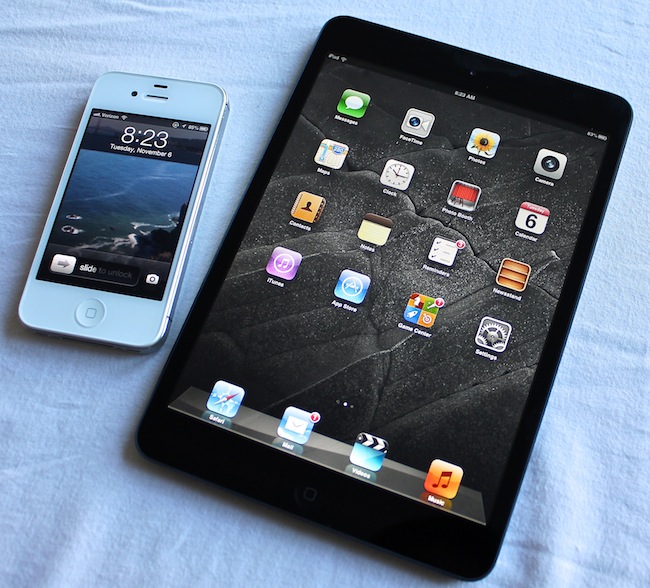
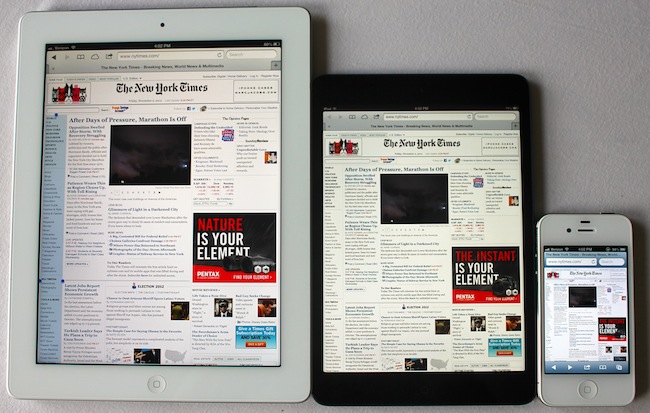
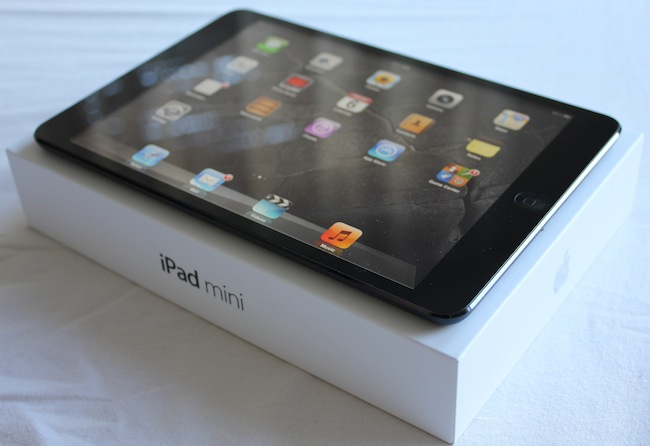
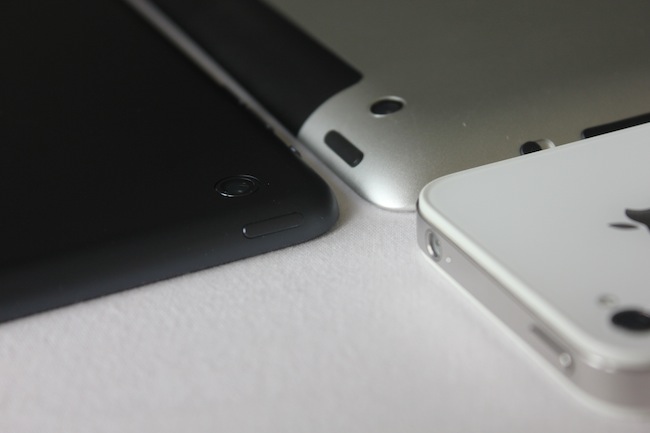
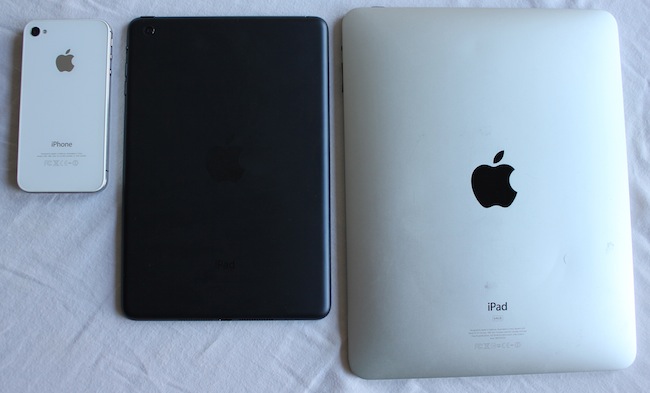
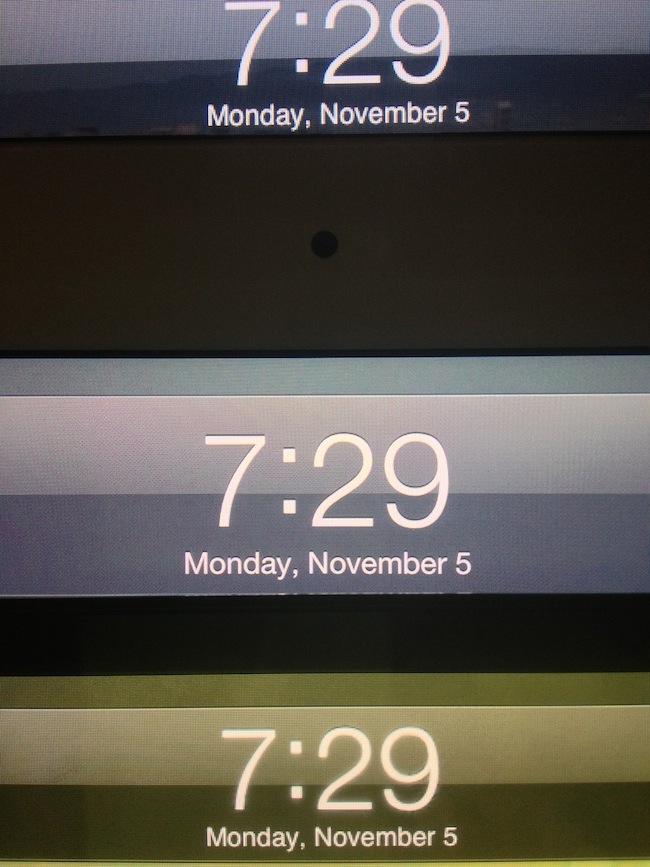


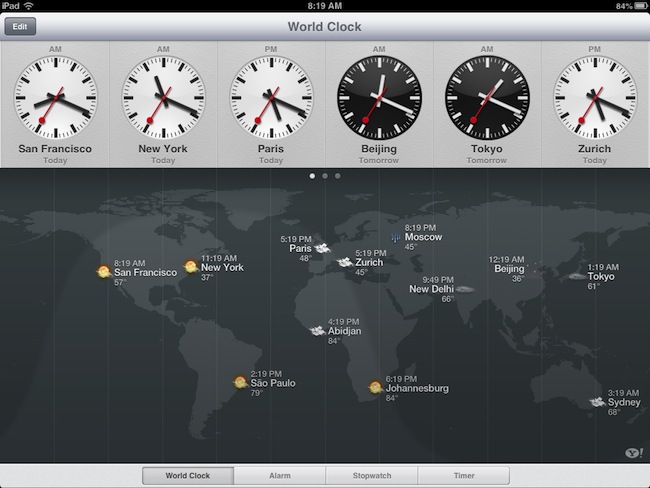
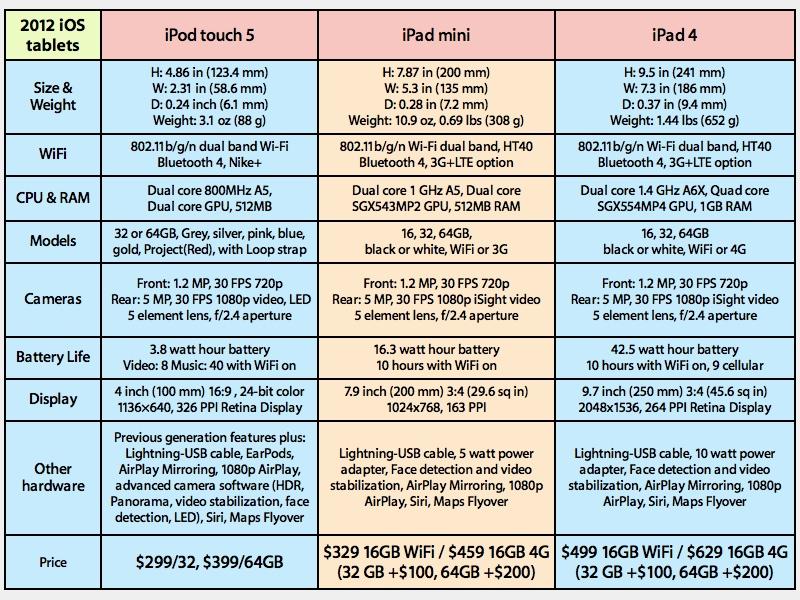
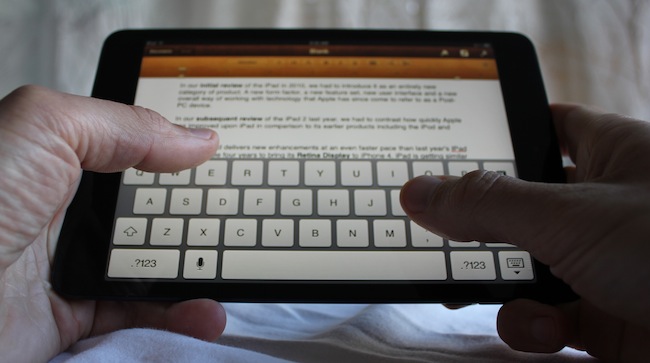
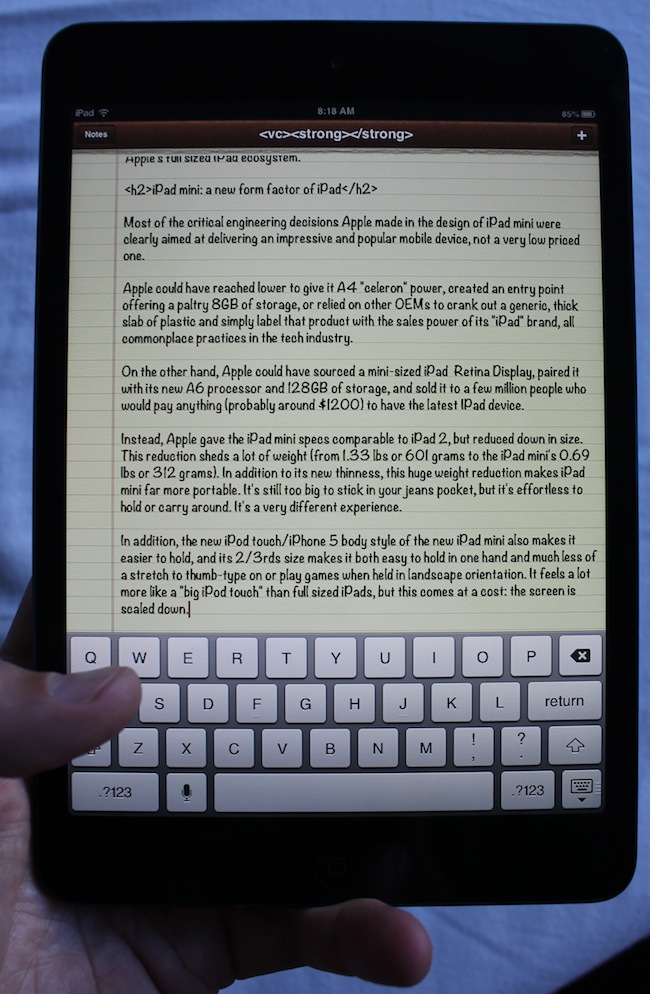
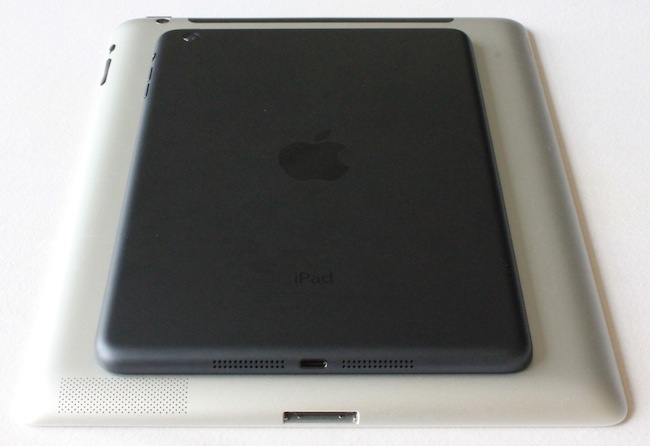
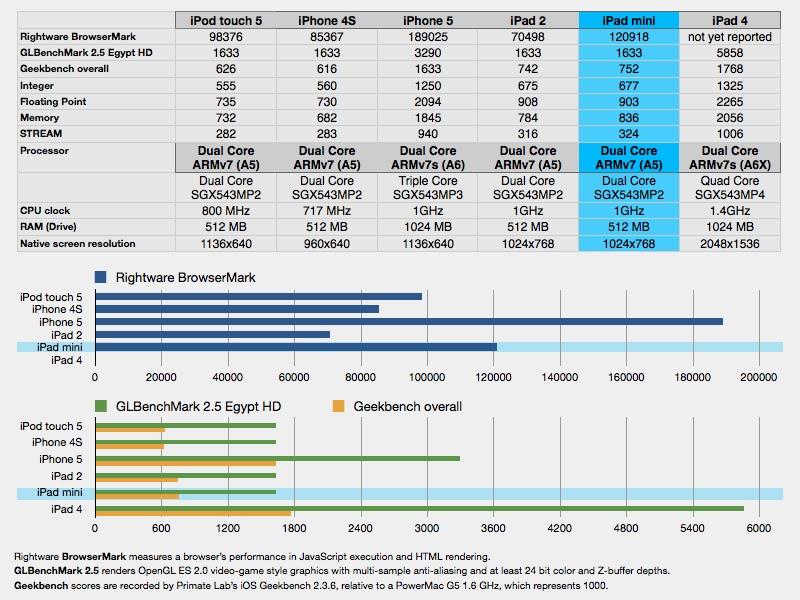
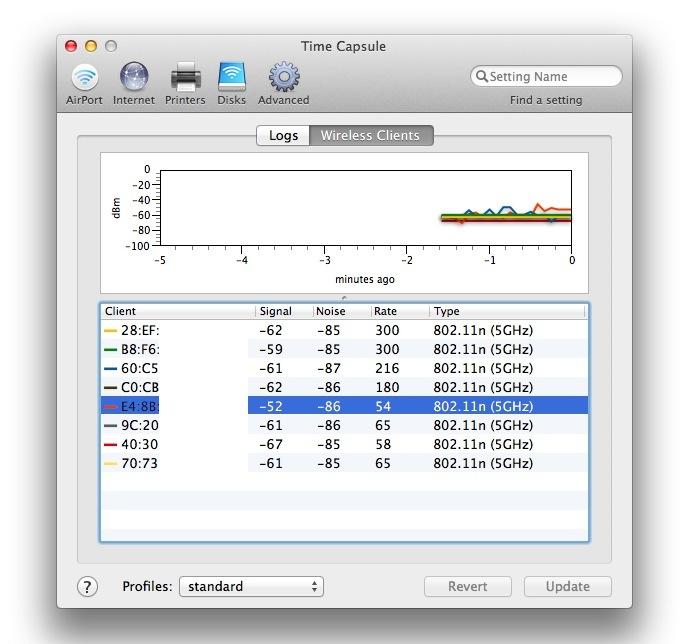
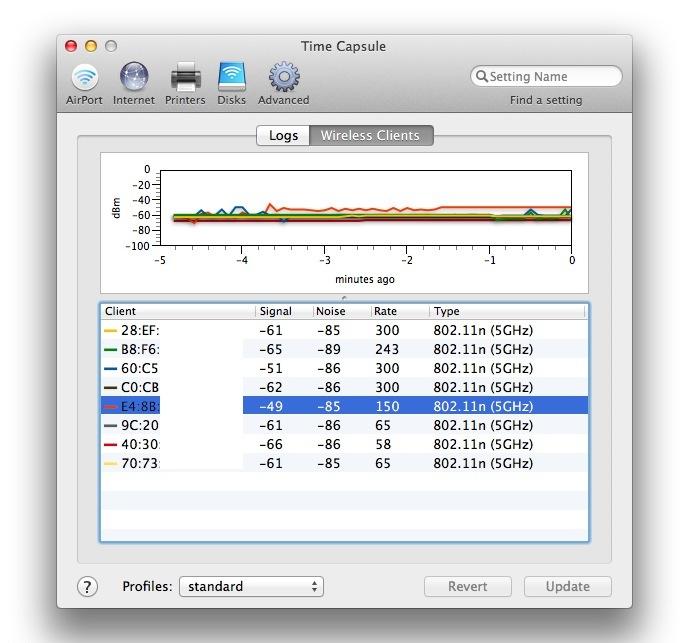
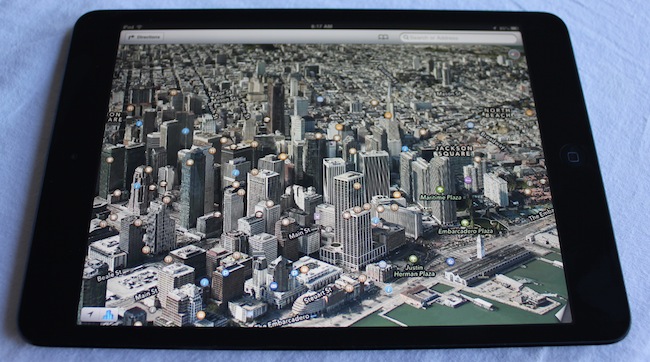












 Mike Wuerthele
Mike Wuerthele

 Malcolm Owen
Malcolm Owen
 Chip Loder
Chip Loder

 William Gallagher
William Gallagher
 Christine McKee
Christine McKee
 Michael Stroup
Michael Stroup







92 Comments
"No Retina Display" is not a deal-breaker.
Why?
Because iPad Mini build quality + iOS = Apple user experience. Which = the Gold Standard in the industry.
You can put iOS on potato and it's suddenly the "Starch era."
Just like the iPod mini that exceeded the original iPod's popularity. Good for Apple! Good for the tablet platform!
The new argument why an Apple product will fail is because it doesn't have a Retina display. At least they've let go of the lame SD card slot, removable battery, and USB port arguments.
Two problems. Your "2012 iOS Tablets" graphic has the iPad Mini the same height and width as the 4th gen iPad. Your Geekbench scores shows the iPhone 5 as being much better than the iPd 4th Gen for the Egypt HD benchmark even when you have numbers right above that saying the opposite.
How in the world could you possibly screw up the dimensions of the iPad mini in this critical 1st review? Epic fail! None the less the iPad mini will no doubt succeed with consumers especially once the LTE equipped versions are available. The niggling over specs will pale compared with demand. I'll gladly trade my iPad 2 with 3G for a new 64Gb LTE iPad mini. Hope I get my chance before Christmas.